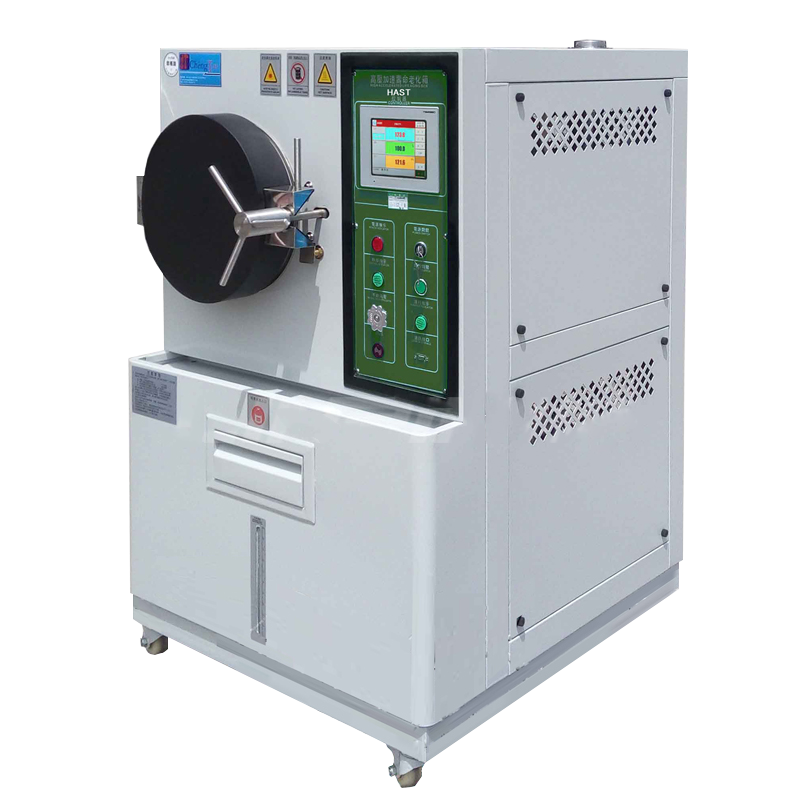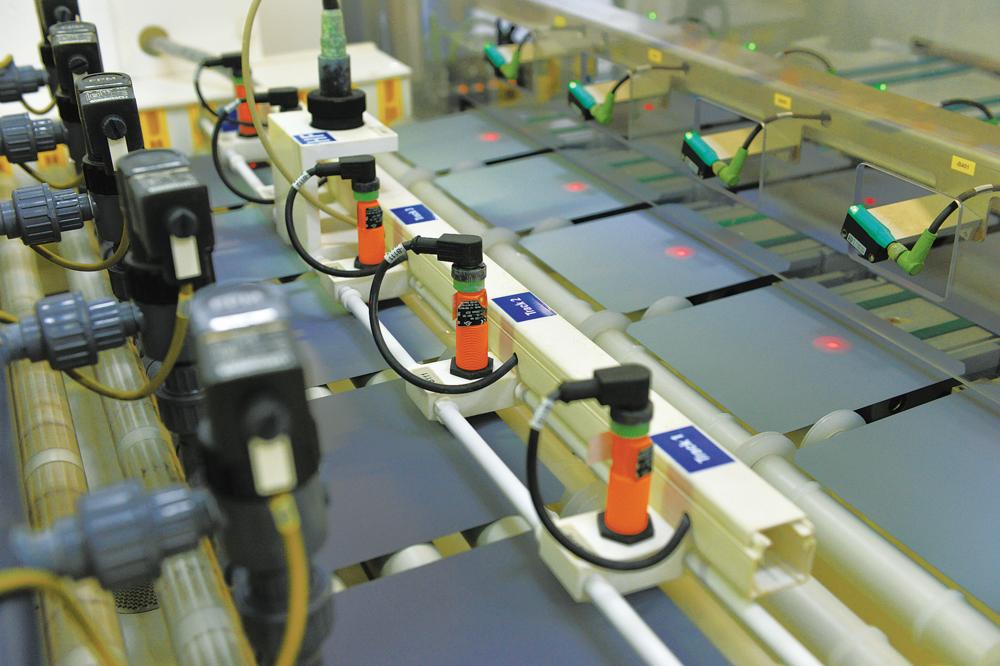In the design and manufacturing of modern electronic devices, reliability testing is an indispensable step. The HAST (Highly Accelerated Stress Test) is a critical method in electronic reliability testing, widely used to evaluate the performance and lifespan of electronic components and systems under high-humidity and high-temperature conditions. Below is a detailed introduction to the fundamental principles, testing procedures, and applications of HAST testing.
Fundamentals of HAST Testing
The core concept of HAST testing is to accelerate the aging process of electronic components in a controlled high-temperature, high-humidity environment, thereby predicting their reliability under normal operating conditions. This method simulates extreme environmental conditions, effectively revealing potential failure mechanisms.
-
Impact of Temperature and Humidity
Temperature and humidity are key factors affecting electronic component performance. Under high-temperature and high-humidity conditions, material degradation accelerates, potentially leading to component failure. Thus, HAST testing provides long-term reliability data in a short period. -
Acceleration Factor
The acceleration factor in HAST testing is typically calculated using the Arrhenius equation. By adjusting temperature and humidity parameters, test durations can be reduced to days or even hours, enabling rapid reliability assessments.

HAST Testing Procedure
The HAST testing process generally includes the following steps:
-
Sample Preparation
Before testing, electronic components must be cleaned, labeled, and their initial conditions recorded. -
Equipment Setup
HAST testing requires specialized equipment capable of maintaining stable high-temperature and high-humidity conditions. Parameters are set based on industry standards or customer requirements. -
Test Execution
Prepared samples are placed in the HAST chamber, and the test begins. The duration varies (typically from 48 hours to several weeks), with periodic checks to ensure stable environmental conditions. -
Result Evaluation
After testing, samples undergo visual inspection, electrical performance testing, and failure analysis. Comparing pre- and post-test performance helps assess component reliability and durability.
Applications of HAST Testing
HAST testing is widely used in various industries, including:
- Semiconductor Industry: Evaluates the performance of ICs, transistors, and other components under extreme conditions.
- Consumer Electronics: Ensures reliability of smartphones, tablets, and other devices in diverse environments.
- Automotive Electronics: With increasing vehicle electrification, HAST testing is crucial for automotive electronic components.
- Aerospace: Electronic devices operating in extreme conditions must undergo rigorous HAST testing to ensure reliability.
As an effective method for electronic reliability testing, HAST helps engineers and designers identify potential failure risks early, enhancing product reliability and market competitiveness. In the future, as electronics continue to advance in performance and integration, the importance of HAST testing will grow. By refining testing methods and equipment, HAST will provide a stronger foundation for reliability research in the electronics industry.














